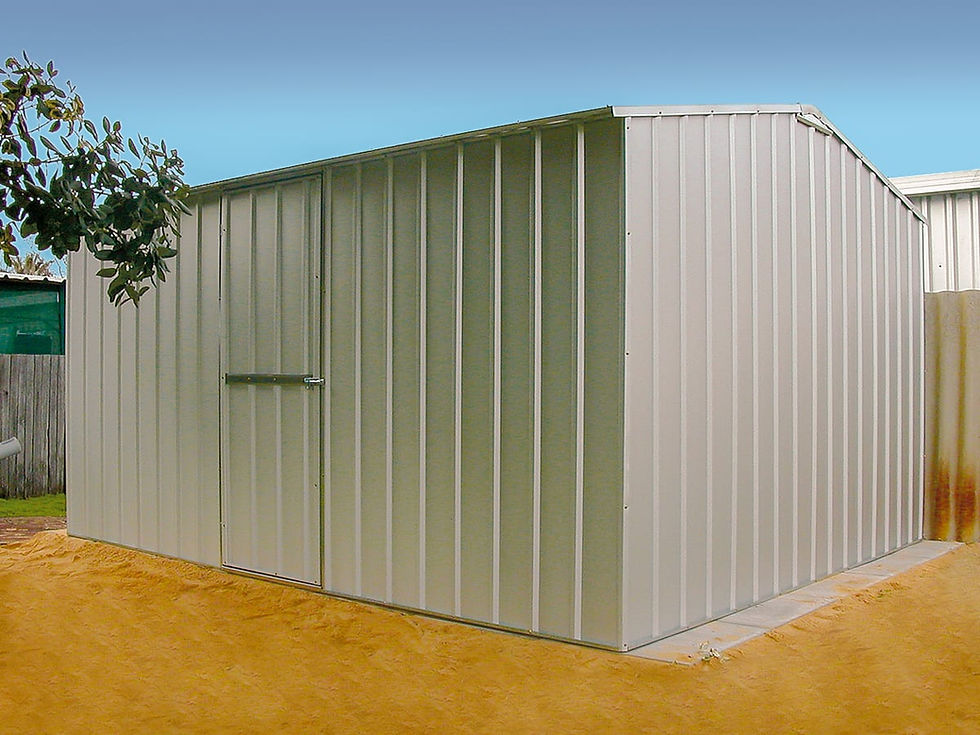Reverse Cycle Air Conditioning: The Ultimate Climate Control Solution for Your Home
- Kiera Peterson
- May 29, 2023
- 3 min read
Updated: Sep 18, 2023
Have you ever wondered how you can keep your home comfortable throughout the year, regardless of the season? Are you tired of switching between multiple heating and cooling appliances? The answer to these questions and the perfect climate control solution for your home is reverse cycle air conditioning. In this article, we will explore the benefits of reverse cycle air conditioning, how it works, the different types available, and how to maintain it for optimal performance.
What is Reverse Cycle Air Conditioning?
Reverse cycle air conditioning, also known as heat pump air conditioning, is a climate control system that provides both heating and cooling functions. It uses a refrigeration cycle to transfer heat from one area to another, making it an energy-efficient and cost-effective solution for maintaining a comfortable temperature in your home.

The term "reverse cycle" refers to the system's ability to reverse the flow of refrigerant, allowing it to either heat or cool your home depending on your needs. This means that you can have a single appliance that provides year-round comfort, without the need for separate heating and cooling devices.
Benefits of Reverse Cycle Air Conditioning
There are several advantages to using reverse cycle air conditioning in your home, including:
- Energy efficiency: Reverse cycle air conditioning systems are highly energy-efficient, as they use the existing heat in the air to warm your home, rather than generating heat from electricity or gas. This can result in significant energy savings and lower utility bills.
- Environmentally friendly: Due to their energy efficiency, reverse cycle air conditioners have a lower carbon footprint compared to traditional heating and cooling systems. They also use refrigerants that have a lower impact on the environment.
- Year-round comfort: As mentioned earlier, reverse cycle air conditioning provides both heating and cooling functions, ensuring that your home remains comfortable throughout the year.
- Improved air quality: Many reverse cycle air conditioning systems come with built-in air filters that help to remove dust, pollen, and other allergens from the air, leading to improved indoor air quality.
- Cost-effective: While the initial cost of a reverse cycle air conditioning system may be higher than other heating and cooling options, the long-term savings on energy bills and the reduced need for multiple appliances make it a cost-effective choice.
Types of Reverse Cycle Air Conditioning Systems
There are two main types of reverse cycle air conditioning systems available:
- Ducted systems: These systems are installed throughout your entire home, with ducts running through the walls and ceilings to distribute conditioned air. Ducted reverse cycle air conditioning is ideal for larger homes or those with multiple rooms that require climate control.
- Split systems: Split system reverse cycle air conditioners consist of an indoor unit and an outdoor unit, connected by pipes that carry the refrigerant. These systems are suitable for individual rooms or smaller homes and are generally more affordable than ducted systems.
Both ducted and split system reverse cycle air conditioning systems use inverter technology, which allows them to adjust their output based on the temperature in your home. This ensures consistent comfort and greater energy efficiency.
How to Choose the Right System for Your Home
When selecting a reverse cycle air conditioning system for your home, consider the following factors:
- Size of your home: Larger homes may require a ducted system, while smaller homes or individual rooms can benefit from a split system.
- Energy efficiency: Look for systems with a high energy efficiency rating to maximize your energy savings.
- Noise levels: Some systems may be quieter than others, so consider the noise levels if this is a concern for you.
- Budget: Determine your budget and choose a system that fits within your price range.
- Installation: Consider the installation requirements and whether you will need professional assistance.
Installation and Maintenance Tips
Proper installation and maintenance are essential for ensuring the optimal performance of your reverse cycle air conditioning system. Here are some tips to keep in mind:
- Hire a professional: While it may be tempting to attempt installation yourself, hiring a professional ensures that your system is installed correctly and safely.
- Regular maintenance: Schedule regular maintenance checks to keep your system running efficiently. This may include cleaning or replacing filters, checking refrigerant levels, and inspecting the system for any issues.
- Keep outdoor units clear: Ensure that the outdoor unit of your system is free from debris and obstructions, as this can affect its performance.
- Insulate your home: Proper insulation can help to reduce heat loss and improve the efficiency of your reverse cycle air conditioning system.
Conclusion
Reverse cycle air conditioning is the ultimate climate control solution for your home, providing energy-efficient heating and cooling all year round. By understanding the benefits, types of systems available, and how to choose the right system for your home, you can enjoy a comfortable living environment and save money on your energy bills. Don't forget the importance of proper installation and maintenance to ensure the longevity and efficiency of your reverse cycle air conditioning system.








Comments